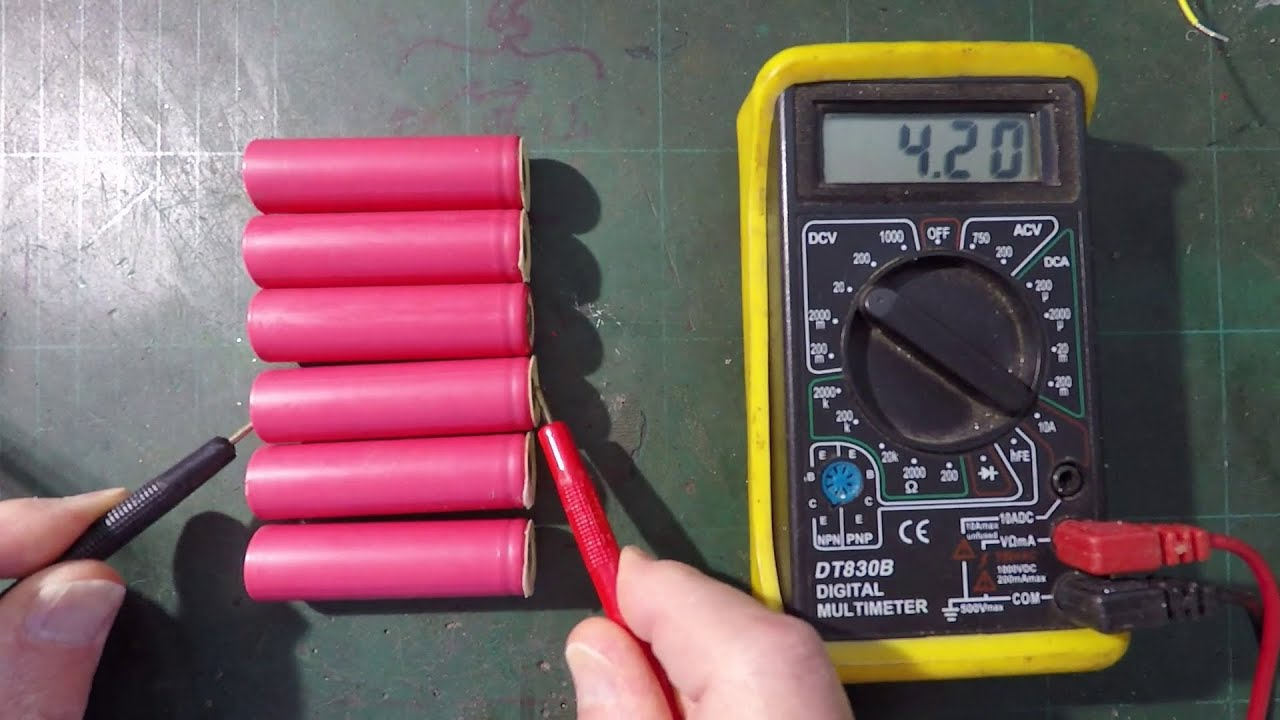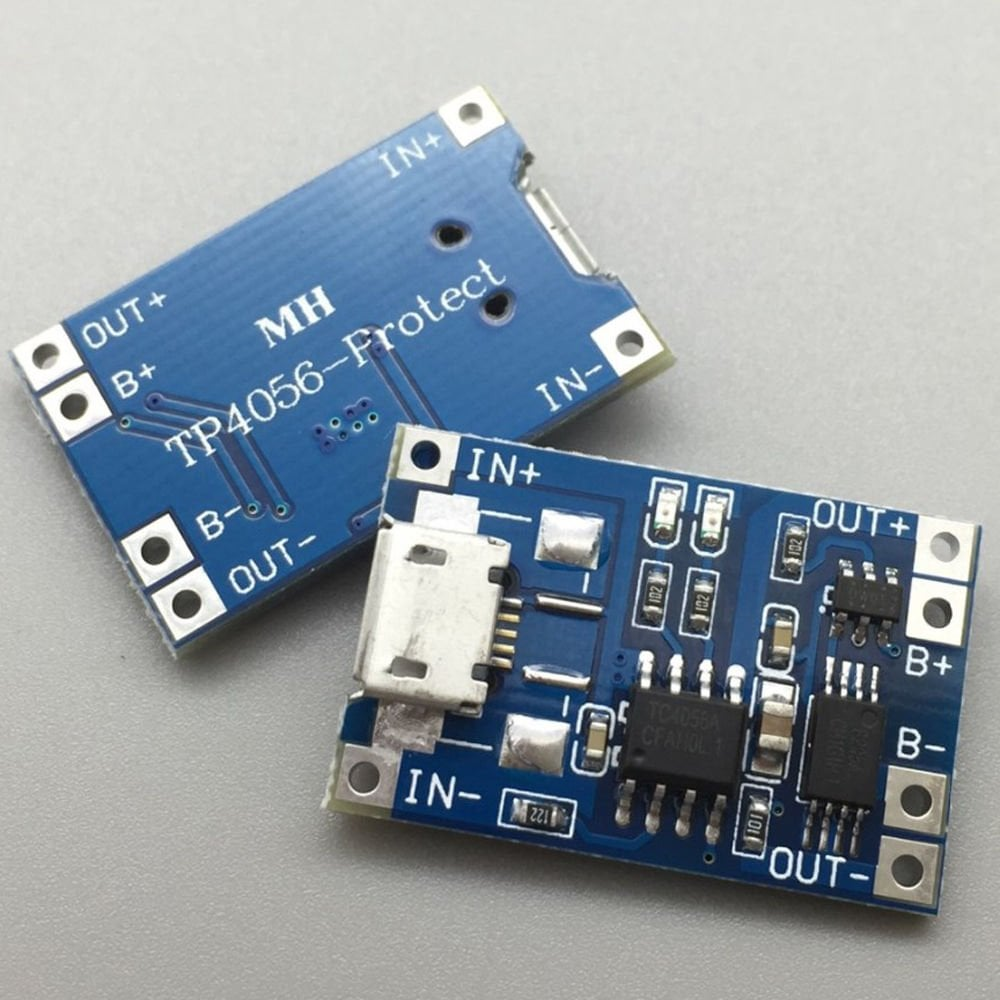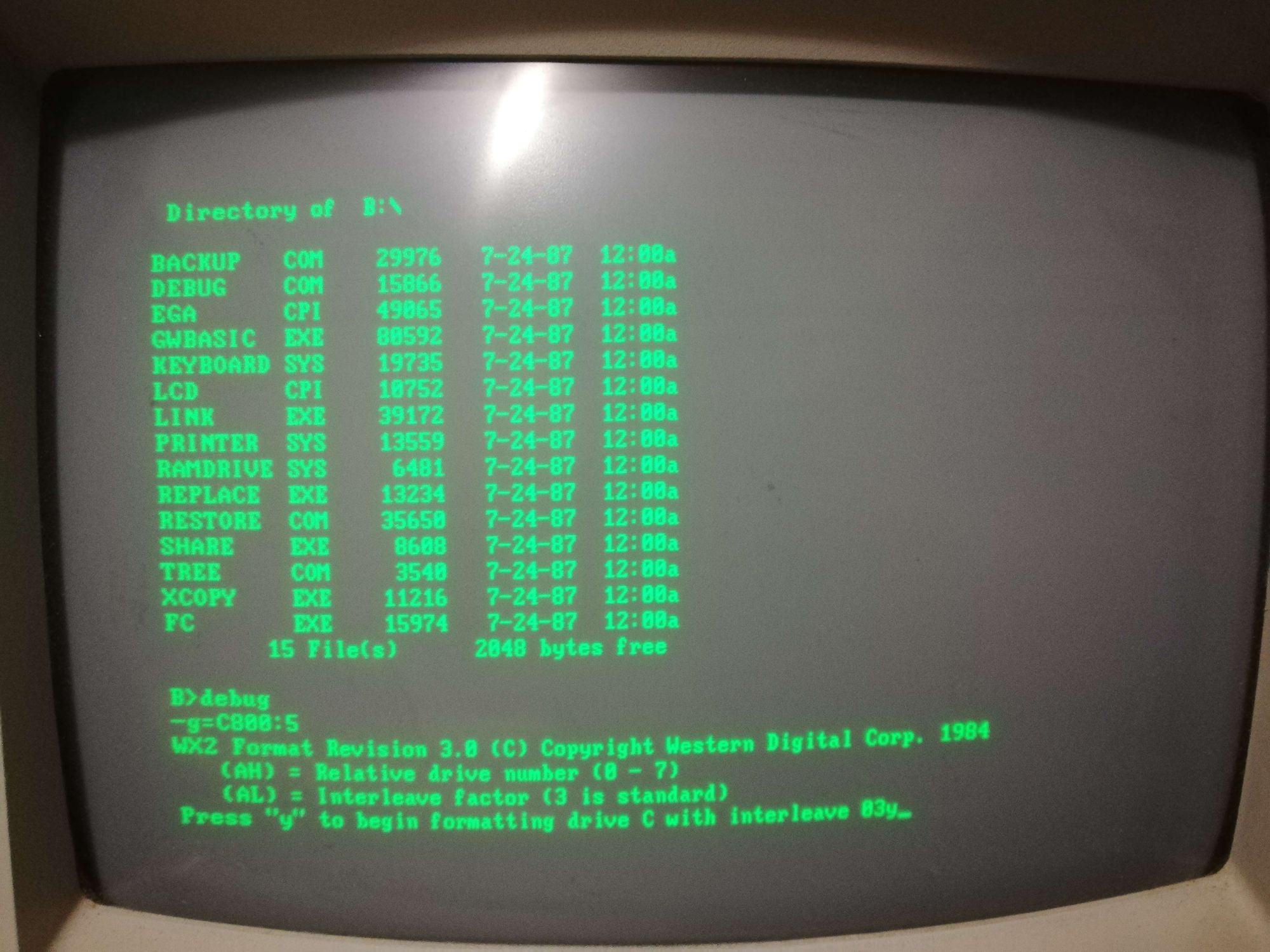In the world of renewable energy and recycling, salvaging lithium 18650 cells has emerged as a crucial practice. These versatile cells are found in a variety of devices, such as laptops, flashlights, and even electric cars, making them a valuable resource for DIY enthusiasts. However, before diving into the salvaging process, it’s essential to understand how to assess 18650 battery health effectively. A dedicated 18650 battery health monitor can be an excellent investment, allowing you to gauge the condition of each cell before using them in your projects. Additionally, having a reliable 18650 battery charger on hand is crucial for safely recharging these salvaged batteries and prolonging their lifespan.
Salvaging power cells, particularly the lithium-ion 18650 type, is gaining traction among tech-savvy individuals and hobbyists. Often, these cylindrical batteries can be extracted from discarded electronics such as smartphones and power tools. The key challenge lies not just in the extraction, but also in accurately testing lithium batteries to determine their viability. Utilizing a DIY battery tester can streamline this process, empowering individuals to recycle these batteries effectively and safely. Ultimately, understanding the potential of salvaged batteries not only fosters sustainability but also sparks innovation in energy solutions.
Salvaging Lithium 18650 Cells: A Guide to Repurposing
Salvaging lithium 18650 cells has gained popularity among DIY enthusiasts and eco-conscious individuals. These widely used cells can be found in numerous devices such as laptops, electric tools, and vapes. However, successfully salvaging these batteries requires careful consideration and the right tools. Simply removing the cells is not enough; assessing their health is crucial to determine if they are worth keeping or should be disposed of properly.
Before embarking on your salvaging journey, it’s essential to understand how to assess the health of 18650 cells. Using a dedicated 18650 battery health monitor can provide insights into their current capacity and performance. Investing in a quality charger with testing capabilities can help you identify which cells can still hold a substantial charge. Every cell has a specific design capacity, and knowing how much of that capacity remains will guide your recycling and repurposing decisions.
Understanding 18650 Battery Health Metrics
When evaluating salvaged 18650 cells, key metrics such as capacity, discharge rates, and internal resistance play vital roles. Capacity is a direct indication of how much energy a cell can store, expressed in milliampere-hours (mAh). As cells age, their capacity diminishes due to chemical degradation. By regularly testing lithium batteries with reliable tools, you can determine which batteries are still viable and which ones may pose a risk if used under heavy loads.
Discharge rates also reflect battery health — higher internal resistance can lead to poor performance under high loads, potentially causing overheating or other issues. Ensure your salvaged cells have low internal resistance if you plan to use them in demanding applications, such as in high-drain devices or for DIY projects. Careful testing and monitoring will save you from future hassles and ensure safety in your projects.
Building Your DIY Battery Tester
Creating your DIY battery tester can be an exciting project, especially for those who enjoy hands-on work. The essentials of this project include integrating essential components like the BQ27441 fuel gauge and BQ24075 charging ICs. Not only do these chips accurately assess the remaining capacity of your 18650 cells, but they also ensure that recharging is done safely, which is crucial when salvaging lithium batteries.
A basic microcontroller, such as the ATmega328P, serves as the backbone of your DIY battery tester. Connecting it with addressable LEDs allows you to display charging and cell health statuses creatively. Along with the assembly instructions available online, various resources can guide you through building a custom battery tester. With the right knowledge and tools, you can develop a fully functional device to monitor the health of the salvaged cells effectively.
Safety Considerations when Salvaging Batteries
When it comes to salvaging used lithium batteries, safety should be your primary concern. 18650 cells can be dangerous if mishandled; they can leak, overheat, or even explode. Always ensure you’re working in a safe environment and wearing protective gear. It’s also vital to handle cells carefully, as any puncture or dent can lead to catastrophic failure. Proper storing and disposing of damaged cells is equally important to prevent hazards.
Utilizing tools such as a DIY battery health monitor can help keep your projects safer by providing vital information about each cell’s condition. Make sure you understand how to interpret the feedback from these devices. Additionally, if you notice any unusual behavior—such as swelling, excessive heat, or leaks—stop using the cell immediately. By prioritizing safety, you can enjoy the benefits of salvaging lithium 18650 cells responsibly.
Testing Lithium Batteries: Techniques and Tools
Testing lithium batteries is essential for anyone looking to salvage, reuse, or recycle 18650 cells. Various testing methods exist, from simple voltage measurements to more sophisticated capacity tests that require specialized chargers or DIY setups. With the advent of versatile battery health monitors, it’s now easier than ever to determine a cell’s condition before putting it to use in your projects.
A comprehensive testing setup often includes a multimeter for basic assessments, alongside advanced battery analyzers that can gauge capacity and internal resistance. Informed by thorough testing, salvagers can make educated decisions on whether to keep or dispose of certain cells. Emphasizing diligent testing information promotes safety and optimal performance in any application.
Essential Gear for Salvaging and Testing Cells
To effectively salvage lithium 18650 cells, certain gear is indispensable. First and foremost, a robust 18650 battery charger is necessary, preferably one that also features testing capabilities. This allows users to both charge and analyze battery performance depth, ensuring only healthy cells are salvaged for future use. Additionally, protective equipment such as gloves and goggles adds a layer of safety during the handling process.
In addition to chargers, having appropriate tools like pliers, a soldering iron, and a digital multimeter can streamline the salvaging process. These tools help manage battery removal and repairs, making it easier to incorporate salvaged cells into new projects or applications. Establishing a kit stocked with testing gear and safety equipment will enhance your efficiency and minimize risks when salvaging 18650 cells.
The Benefits of DIY Battery Salvaging
Salvaging lithium 18650 cells offers numerous benefits, especially in terms of environmental sustainability and cost savings. By repurposing these cells, not only do you contribute to waste reduction, but you also gain high-performing components that can be utilized in DIY electronics, renewable energy projects, or backup power systems. This proactive approach aligns with a growing global trend towards sustainability and resourcefulness.
Additionally, undertaking DIY projects presents opportunities for personal skill development. Knowing how to assess and repurpose lithium batteries not only enhances your technical expertise but also empowers you to create innovative solutions using salvaged materials. Building and testing your systems can be incredibly rewarding, turning discarded batteries into dynamic power sources for your stationary or mobile projects.
Getting Creative: Using Salvaged Batteries in Projects
Having salvaged functional lithium 18650 cells opens a world of creative possibilities. These rechargeable batteries can be used in a wide variety of DIY projects such as building portable power banks, remote-controlled vehicles, or custom lighting systems. The integrated nature of these cells makes them adaptable, meaning they can seamlessly fit into almost any design you have in mind.
Moreover, incorporating salvaged batteries into your projects not only enhances their functionality but also promotes a culture of innovation and environmental awareness. By giving these components a new life, you contribute to eco-friendly practices while also saving costs on new components. Embracing creativity allows you to explore new technologies while making a tangible impact on environmental health.
Essential Resources for Battery Salvaging
For those interested in salvaging lithium 18650 cells, it’s beneficial to leverage various resources that deepen your knowledge of battery technology and testing. Online forums, tutorials, and community discussions provide insights drawn from the experiences of seasoned DIY enthusiasts. Websites that specialize in electronics often feature comprehensive guides on building battery testers and understanding cell characteristics, making them invaluable for beginners and experts alike.
Additionally, multimedia resources such as YouTube videos can offer step-by-step demonstrations on salvaging techniques and safety protocols. Watching experienced creators tackle similar projects can significantly boost your confidence while helping you avoid common pitfalls. By utilizing these resources, you can build your skills and embark on successful battery salvaging ventures.
Frequently Asked Questions
What tools do I need for salvaging lithium 18650 cells?
To effectively salvage lithium 18650 cells, you’ll need several tools including a reliable 18650 battery charger for testing battery health, a DIY battery tester to assess capacity, and safety gear such as gloves and goggles for protection against accidental cell damage.
How do I determine the health of salvaged lithium 18650 cells?
To determine the health of salvaged lithium 18650 cells, it is advisable to use a dedicated 18650 battery health monitor. This device can perform capacity tests, allowing you to compare current capacity against the original ratings, thereby estimating overall battery health.
Can I salvage lithium 18650 cells from any device?
Yes, you can salvage lithium 18650 cells from various devices such as laptops, cordless power tools, and even disposable vapes, as long as the devices are safely disassembled to access the batteries.
What is the importance of testing lithium batteries before using them?
Testing lithium batteries before use is crucial because a battery that holds a charge may still exhibit reduced capacity or fail under load. Using tools like a DIY battery tester can help you avoid using defective or dangerous cells.
Why should I use a dedicated charger for salvaging lithium 18650 cells?
Using a dedicated 18650 battery charger equipped to conduct capacity tests is essential in salvaging lithium cells. It ensures that the cells are charged safely, and it provides accurate readings for health assessment, making it a valuable tool in your salvaging toolkit.
What are the benefits of building a DIY battery health monitor?
Building a DIY battery health monitor, like the one designed by DIY GUY Chris, allows you to accurately assess the health of salvaged lithium 18650 cells using specialized chips for precise monitoring and charge management, ultimately improving your salvaging efficiency.
How can I scale my lithium 18650 cell testing if I have a large batch?
If you have a large batch of salvaged lithium 18650 cells, consider investing in a 40-slot wall-mounted charger. This solution allows you to test multiple cells simultaneously, significantly enhancing the efficiency of your salvaging process.
Is it safe to use salvaged lithium 18650 cells in new projects?
Using salvaged lithium 18650 cells in new projects can be safe, provided you thoroughly test their health and capacity. Always prioritize safety by ensuring the cells have been properly assessed with a battery health monitor and charged using a compatible charger.
What risks are associated with salvaging batteries, especially lithium 18650 cells?
The main risks associated with salvaging lithium 18650 cells include potential exposure to harmful chemicals, the risk of short-circuiting the cells, and the chance of explosion or fire if damaged cells are mishandled. It’s essential to follow safety protocols throughout the process.
Where can I find instructions for building a battery health monitor for salvaging lithium 18650 cells?
Instructions for building a battery health monitor specifically designed for salvaging lithium 18650 cells can be found through resources like DIY builds on YouTube, project blogs by enthusiasts such as DIY GUY Chris, and repositories providing STL files and detailed assembly documentation.
| Key Point | Details |
|---|---|
| Salvaging Sources | Lithium 18650 cells can be salvaged from disposable vapes, cordless power tools, and various modern devices. |
| Condition Assessment | Not all cells that can hold a charge are in good condition. Assessing battery health is crucial as they may have reduced capacity or fail under load. |
| Testing Equipment | Investing in a charger capable of conducting capacity tests is advisable for proper assessment of the cells. |
| DIY Solutions | A DIY ‘Battery Health Monitor’ designed by Chris utilizes Texas Instruments chips for effective testing and can provide capacity data. |
| Microcontroller and LEDs | The project uses an ATmega328P microcontroller paired with WS2812B LED bars to visually indicate battery health. |
| Serial Port Connection | The device can connect to a computer to transmit charging statistics via serial port for data analysis. |
| Project Availability | The project is open-source under the MIT license and includes STL files for 3D-printed enclosure and Arduino-based firmware. |
| Product Options | For larger projects, consider upgrading to a 40-slot wall-mounted unit for multiple cell testing. |
Summary
Salvaging lithium 18650 cells is a worthwhile endeavor for enthusiasts and professionals alike. It allows individuals to repurpose batteries from various devices while reducing electronic waste. To ensure successful salvaging, one must assess the condition of the cells and utilize adequate testing equipment. Engaging in DIY projects can enhance the testing process and yield valuable insights into battery health. With the right tools and knowledge, salvaging lithium 18650 cells can lead to sustainable practices and resource conservation.



